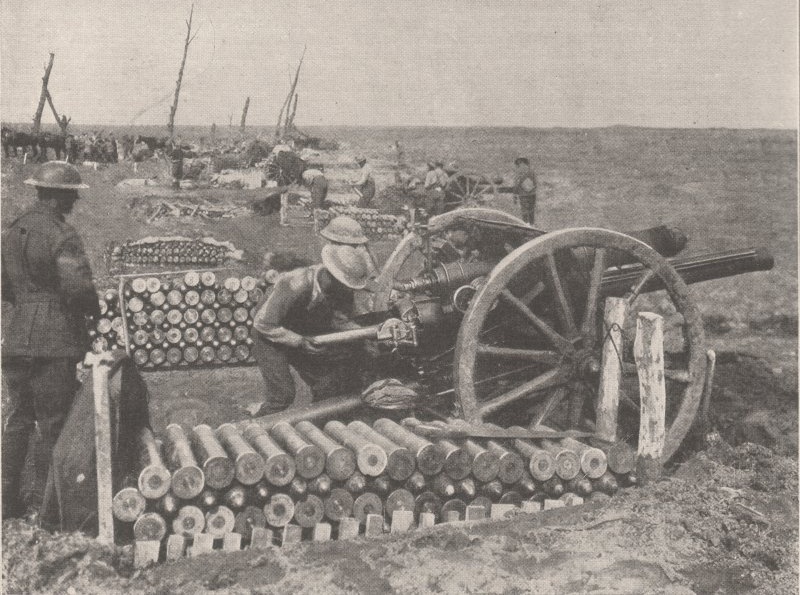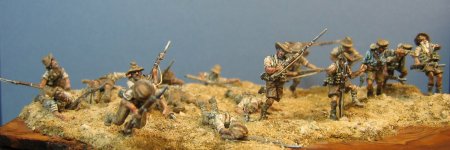Isandlwana
Sergeant
- Joined
- Dec 2, 2007
- Messages
- 645
As I understand it the "missing" WW1 numbers will feature an aid station/post with trench segment add on. This will involve a piece of trench being added on to the back of artillery piece 23021 and gun emplacement piece 51009 so it will be like a reserve trench in effect.
I'm fairly new to the history of WW1 and have mainly concentrated on the eastern campaigns. My question is this - was the artillery ever placed in the front line during the Somme? The new WW1 trench pieces are designed to incorporate the earlier artillery piece but is such a diorama historically accurate or is it artistic licence? I can't find any evidence of 18 pounders being in or near the front line.
I'm fairly new to the history of WW1 and have mainly concentrated on the eastern campaigns. My question is this - was the artillery ever placed in the front line during the Somme? The new WW1 trench pieces are designed to incorporate the earlier artillery piece but is such a diorama historically accurate or is it artistic licence? I can't find any evidence of 18 pounders being in or near the front line.




![IMG_1579[2].jpg IMG_1579[2].jpg](https://forum.treefrogtreasures.com/data/attachments/78/78786-e1390fec3dc41e959f6799c3db9abc47.jpg)
